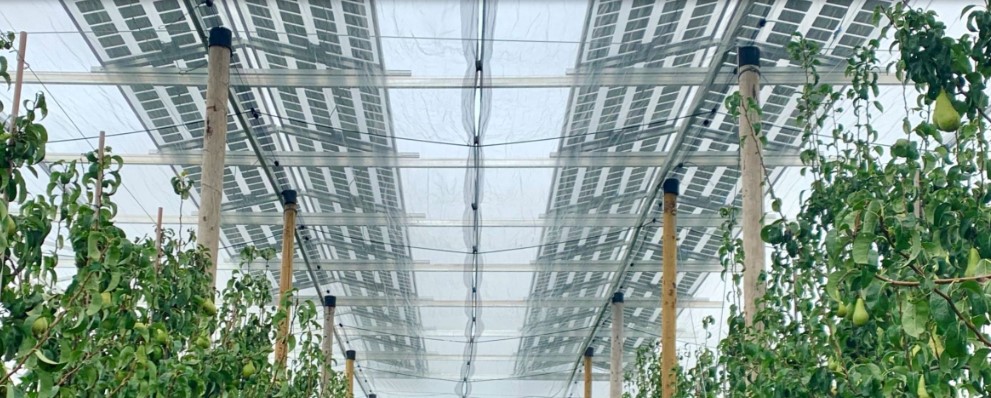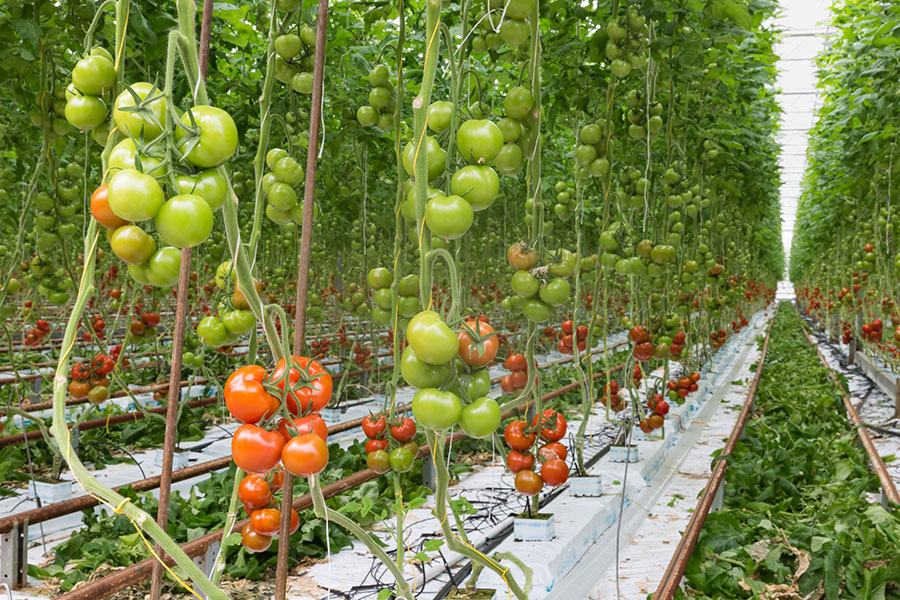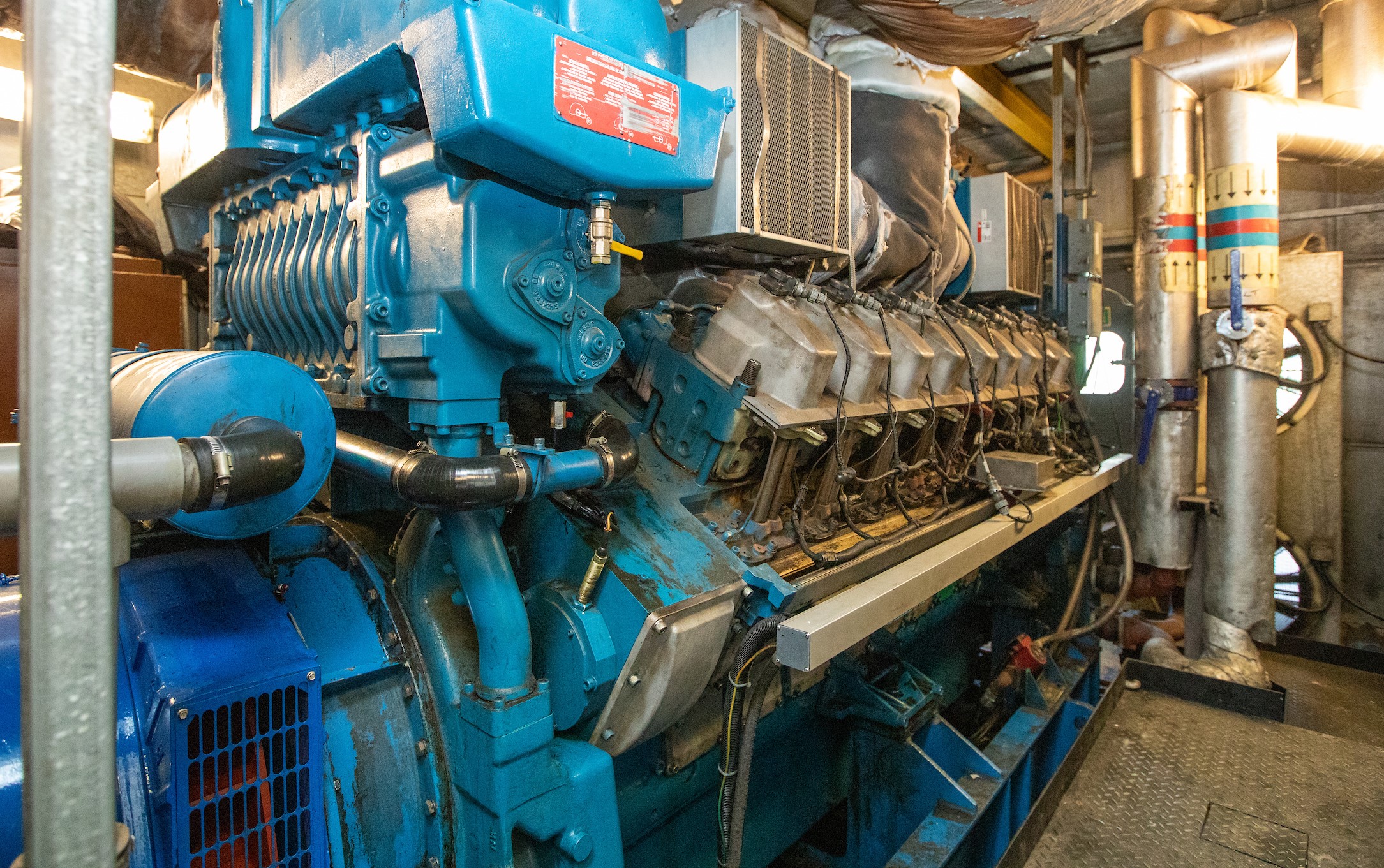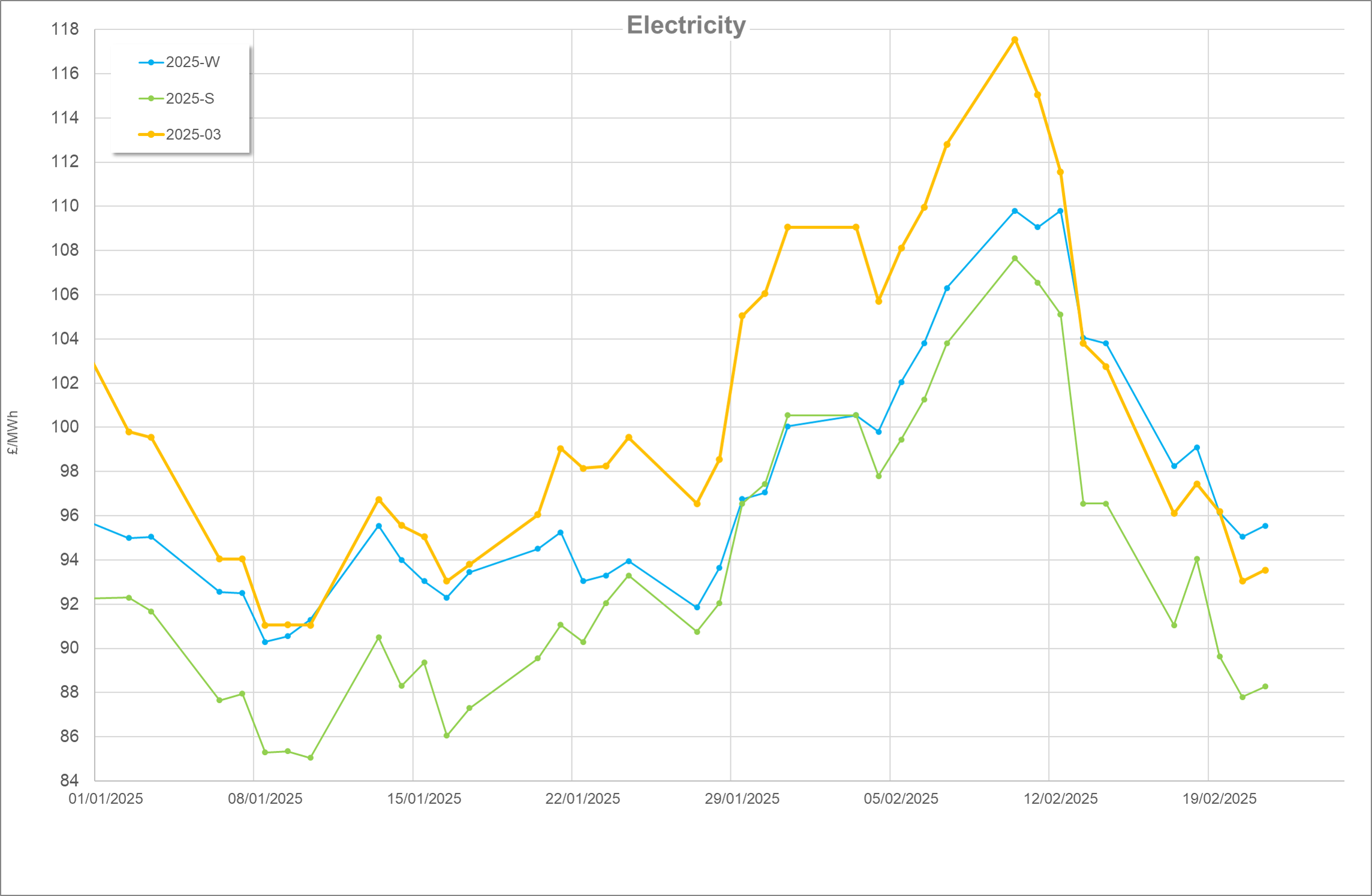Solar Photovoltaic (PV) has been undergoing a quiet revolution in the last decade, transitioning from one of the more expensive renewable generations solutions to the least expensive, and enabling farmers and growers to benefit from it without the need for subsidy or incentive.
Often categorised with Farming, Horticulture does not always have one of the key attributes that extensive farming enjoys – significant land availability. Solar PV installations have therefore been limited to packhouse roof mounted and/or occasional small ground mount systems that are limited in effectiveness to reduce electricity consumptions.
Recent developments in Solar PV have led manufacturers and installers to consider whether floating panels on large bodies of water is robust and practical, as a way of multi-purposing space for mutual benefit. Ed Kimberley from NFU Energy explains more:
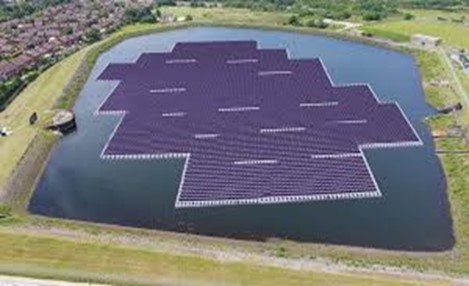
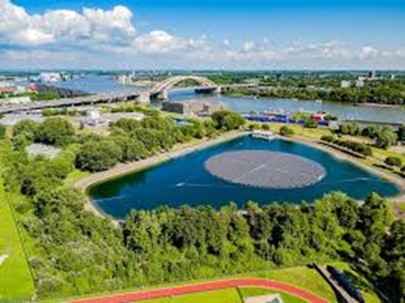
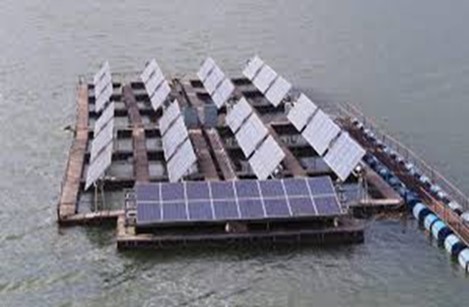
What are the options for installation?
Suitable for a vast variety of water bodies, floating solar can offer a way to utilise otherwise “dead” space such as irrigation ponds in Horticulture as well as wastewater areas, pools and lakes. (the solutions can even be used in moving bodies of water being able to cope with waves up to 2m high!!).
All size and shapes of water bodies can be considered for a system, but the viability would depend on the capacity that can be hosted, the proximity to the electricity supply, other obstructions and how far a body of water may rise and fall throughout the season.
Floating solar PV solutions are very easy to put together and work on a prefabricated structure, which can be quickly clipped together and pushed out onto the water body. The panels and other electrical infrastructure is identical to roof or ground mount systems, albeit better protected from water ingress!
For its application in Horticulture irrigation ponds, floating solar can also help reduce the amount of water lost through evaporation – between 5 and 8%.
As the solar panels get hotter, you can often see a slight reduction in efficiency; the water bodies also have the minor benefit of providing natural cooling to the panels, thereby improving efficiency.
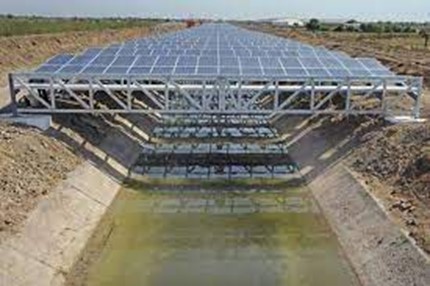
What are the considerations?
A concern, particularly in a Horticultural setting, is that floating solar needs to be anchored, and puncturing irrigation pond liners is not an option. However, there are lots of different anchoring techniques, including bankside screw and plate anchors that are installed outside the boundary of the lining.
For open bodies of water where lining is not a concern, pillar anchor and bottom anchor techniques can also be used. Considering the fluctuation in British precipitation levels, Pillar Anchors can often be a popular choice, as they can easily adjust to water level variations.
An element that needs to be factored into the budget of any PV solution, is the cost to clean and maintain the panels. Dirty panels can reduce the efficiency of the PV solution and it is recommended that they are cleaned twice a year. A floating solar solution will factor in maintenance channels on the pontoons, so the panels can be accessed. The cleaning of the panels, therefore, can often be as simple as a person brushing the water in the ponds over the panels.
Costs
A case study of a 200kW system recently installed in the Southeast of England, cost around £250,000, which has a payback of around 6.5 years. However, a different solution can have a could potentially pay back sooner. With a rough guide of Solar PV for ground and roof mount being £1000/kW, the floating solar option is very competitive.
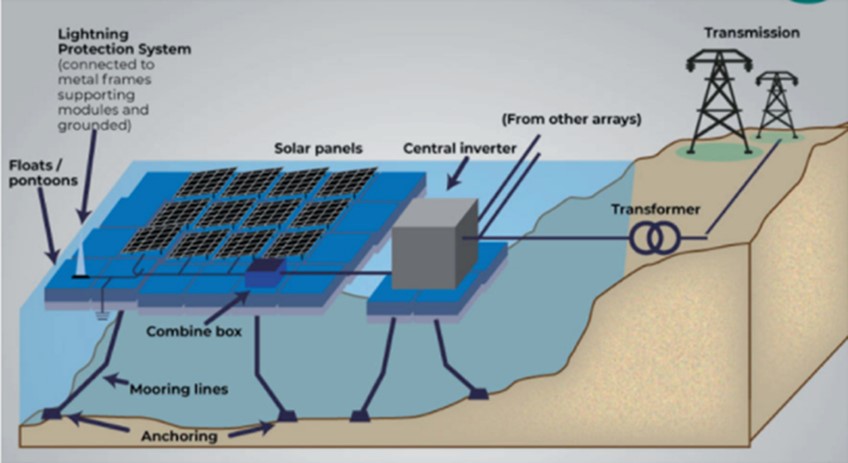
Interested in learning more and talking to someone about potential options? NFU Energy can help!

